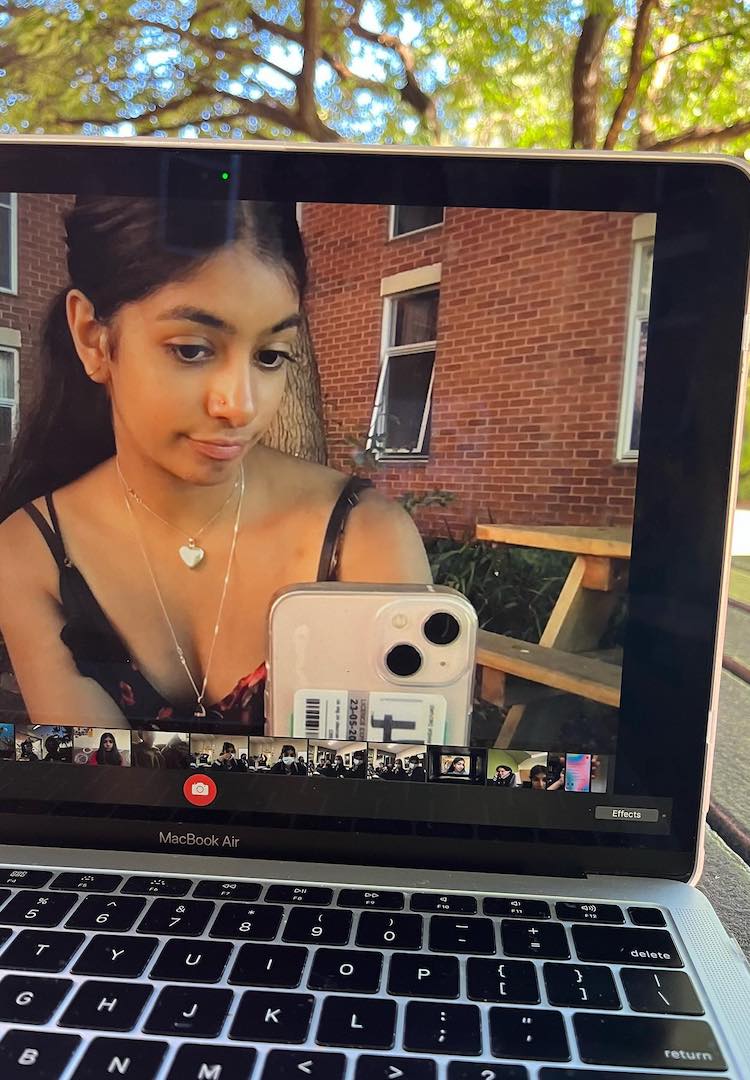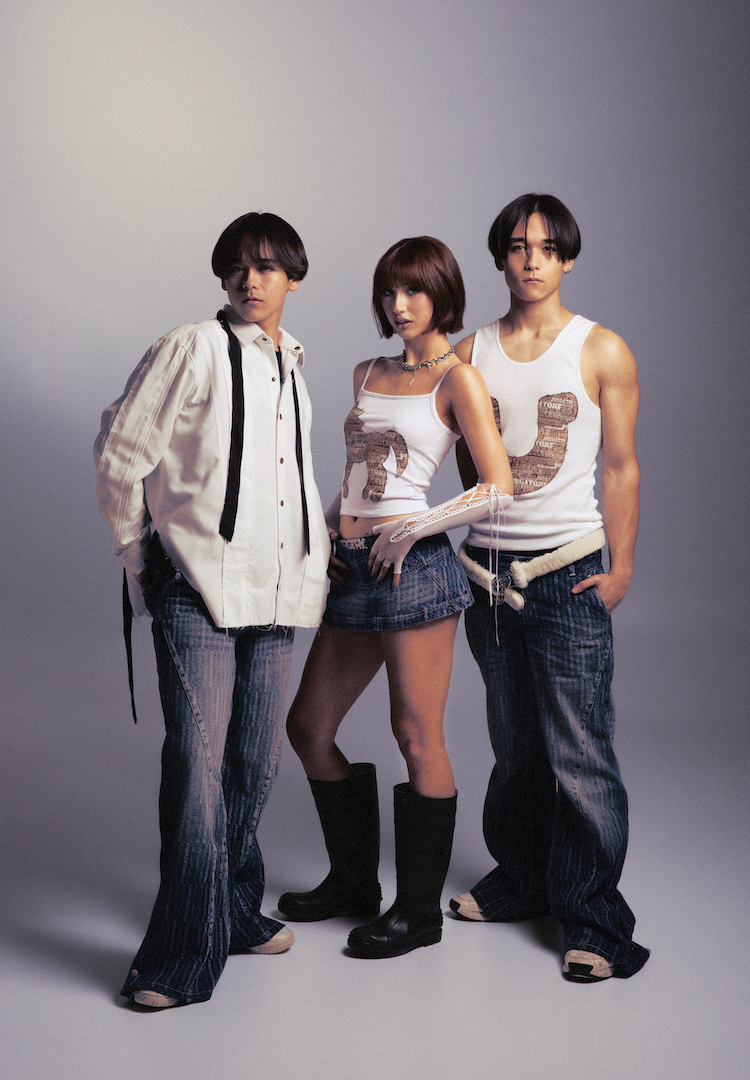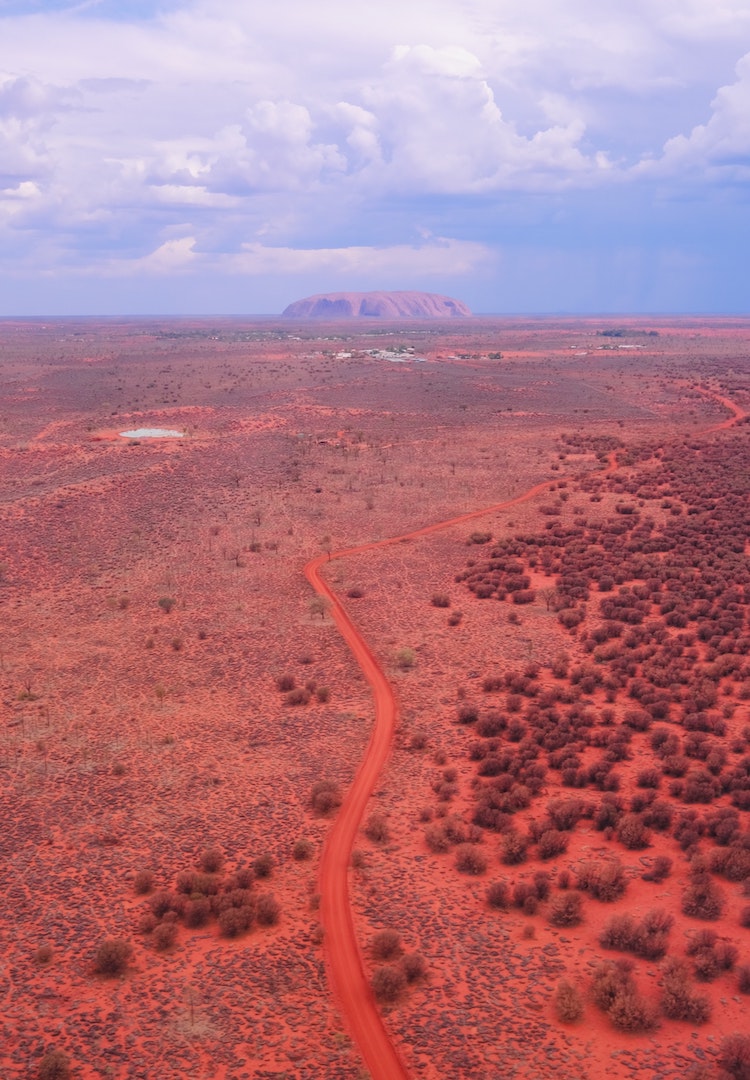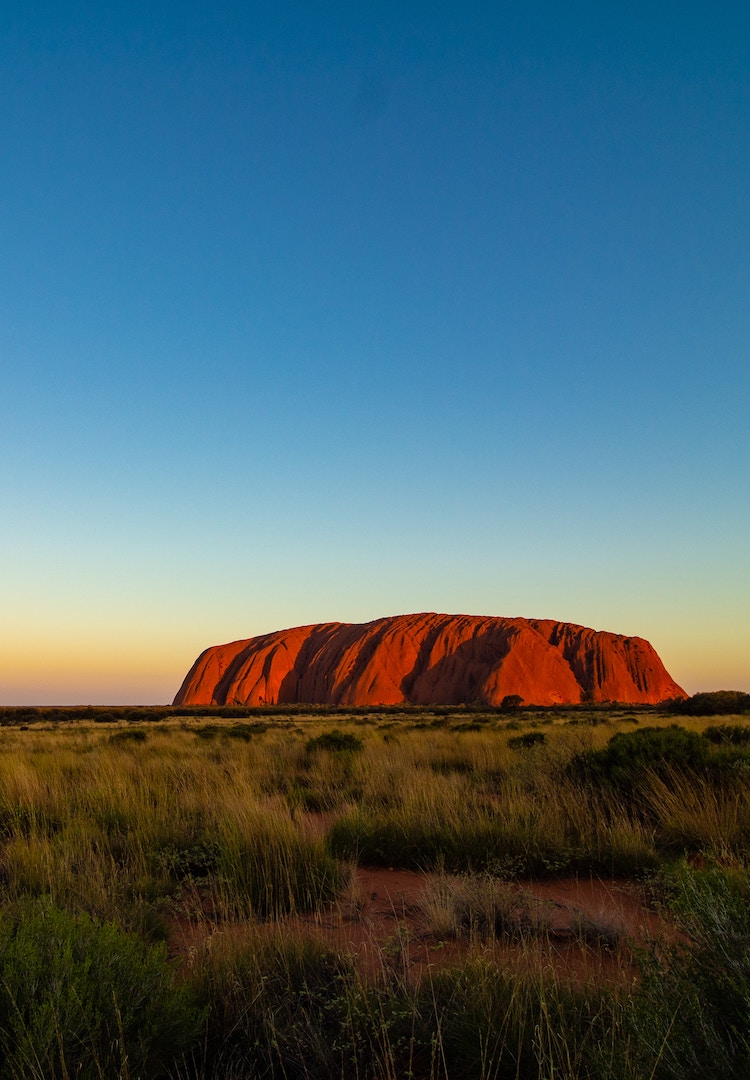How to get involved in climate activism, from the woman who sued the Australian Government
image via @anj.sharmaa
words by Maryel Sousa
“Don’t think you need to be anyone else, anyone that you aren’t, to be a climate activist.”
Thinking about the climate crisis can be rage-inducing, frightening and utterly depressing. It’s a lot. The future seems to be in the hands of losers who’d rather watch the world burn than see their billion-dollar bank accounts decrease by a single cent. Meanwhile, people like you and I feel guilty about our carbon emissions when we book the odd private Uber for our kebabs when we can’t be bothered cooking.
Whenever I doom-scroll for a bit too long, my well-intentioned op shop purchases and vegetarian meals begin to feel like very small drops in a very big bucket. Even online activism can seem to fall somewhere between a minor contribution to discourse and a virtue-signalling cop-out. But what else can we really do?
Interested to hear how others navigate the world? Head to our Life section.
If you haven’t yet heard of Anjali Sharma, she’s an Australian youth climate activist whose Wikipedia page reads like someone who’s twice her age. Inspired by her own doom-scrolling, Anjali organised student-led climate strikes when she was only 14. Two years later, she sued the Australian Government and the Minister of the Environment, leading to a landmark ruling that governments have a duty of care to protect teens and children from the impacts of climate change.
Although the ruling was overturned just eight months later, Anjali hasn’t given up, and she doesn’t think we should either. Here, she tells me more about getting involved in climate activism IRL and on the web.
Fashion Journal: Hi Anjali! Can you tell me about the moment you felt empowered to fight for change?
Anjali: I first realised I had the power to fight for change when I joined School Strike 4 Climate, and I realised that other people were fighting for change, too. When you care about something but feel alone and isolated, any issue seems insurmountable. But sitting in a room with people who shared my values, and who were using their time and energy to hold those in power accountable and call for greater climate action was the first time I felt like there was something we could all do.
View this post on Instagram
For a lot of young people, sharing climate-related content on social media feels like all they can do. What’s an actually impactful, accessible way to get involved offline?
Join a group near you! Especially in the lead up to the election, there are so many groups of people organising events and raising awareness for the need for policies that ensure that generations to come have a safe and liveable future in the face of climate change. Australian Youth Climate Coalition has local groups that need people, and many places have local climate action networks. You can also volunteer for a climate-conscious candidate in your electorate this election.
When does online activism work, and when does it fall short?
Online activism can be powerful when it’s used to raise awareness or organise and demand change, but it does have limitations. Social media allows for rapid dissemination of information, and it’s often how people in our generation get the news. It’s how awareness is raised. For me, it’s the entire story of how I became aware and involved in climate activism, and I know so many people have the same story. It’s how the Duty of Care campaign connects with people.
Online activism can be fleeting, however. A hashtag or viral post may garner massive attention in the moment, but once the attention fades, the momentum is often lost, and issues are abandoned before any concrete progress is made. Online activism has great potential but requires more than just digital engagement to achieve lasting impact. When combined with offline efforts and a sustained commitment to real-world action, online activism can drive significant change. However, it can easily become performative, and that’s the issue.
View this post on Instagram
With AI misinformation on the rise and claims of ‘fake news’, what will the future of climate activism look like, both on and offline?
AI-generated misinformation can amplify false claims about climate change, misrepresent scientific consensus, or create fabricated narratives to undermine efforts to tackle the climate crisis. AI can create misleading or manipulated content, and climate activists face an uphill battle in differentiating credible sources from fake ones.
I don’t fully know what this means, and I don’t think anyone does because we’re all watching it play out before our eyes. Maybe it means that offline activism will play even more of a critical role in combating climate change. Maybe it means that we’ll have to come up with ways to harness AI to amplify our messages, predict trends, and engage with audiences more effectively.
What’s one last piece of advice or encouragement you’d give someone looking to get more involved in climate activism?
Don’t think you need to be anyone else, anyone that you aren’t, to be a climate activist. You don’t need to be the loudest or most knowledgeable person in the room, and you don’t need to know the answer to every question. You don’t need to be media trained or be confident facing cameras. You just need to know your strengths and lean into them. If you love art, sport, music, communications or anything else, there is a way to channel that skill into climate activism. People do it every day, so you can too.
To learn more about the Duty of Care campaign, head here.













